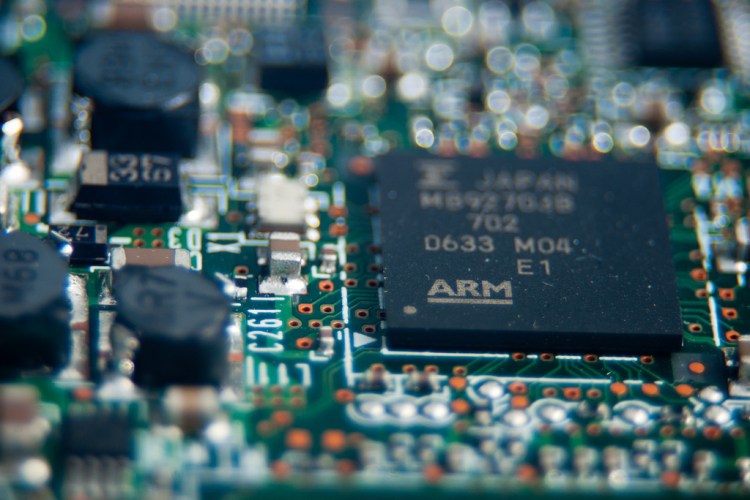As companies like Amazon, Google, and Microsoft increasingly become the pay-to-play providers of public-cloud infrastructure for the world, they need new technologies to lower costs and operate more efficiently. One such technology arrived today.
Last year, engineers from many companies and universities succeeded in getting the open-source Xen hypervisor software to run on low-power server chips based on designs from the company ARM. As a result, they could run many virtual machines — essentially, many applications — from a single ARM-based server.
Now the engineers have outdone themselves. Today the Xen Project, a Linux Foundation group behind the Xen hypervisor, released version 4.4 of the software, which contains multiple performance updates and some important new features.
And the technology could soon be in use.
Cloud providers like Amazon and Verizon contributed to the project. Meanwhile major companies that run their own infrastructure, like Facebook and Google, have been eager to running ARM-based chips in their servers, in addition to — or perhaps even one day instead of — more traditional x86 chips from the likes of Intel and other vendors, which can consume more power.
The new version of the Xen hypervisor includes support for the latest generation of ARM-based server processors, which follow 64-bit architecture. Those 64-bit ARM chips can handle more commands than earlier versions, and now companies can run Xen on them.
And 64-bit ARM-based servers aren’t far off. On stage at the Open Compute Summit in January, Andrew Feldman, corporate vice president and general manager of chip maker AMD, showed off a server containing AMD’s first ARM-based CPU, a 64-bit chip called the Opteron A1100 Series.
“ARM CPUs will play a monstrous role in the building of our future data centers,” Feldman said at the event.
So what if Calxeda has laid off all of its employees? Other ARM chip vendors exist, including Allwinner Technology, Applied Micro, and TI. And AMD said it planned to sample the A1100 chips this quarter.
And with Xen version 4.4, it’s easier to get that hypervisor running on ARM-based servers. Plus the software is more stable, and it performs better than previous versions.
Each ARM-based server running Xen can run more virtual machines than before. Such servers can get greater usage from fast storage like solid-state drives with the new version of Xen. And Xen now has better diagnostics capabilities, so engineers will be able to more easily find the root cause of software crashes.
On top of that, Citrix contributed code to Xen 4.4 that increases the number of virtual desktops that can run from a single physical server. And Oracle offered up code that could lead to performance and security gains for Xen.
Xen isn’t the only hypervisor. But it’s a popular one available under an open-source license. Cloud providers can use Xen for free instead of paying for hypervisors from vendors like VMware and Microsoft.
Many already do, and now they can start to look more seriously at incorporating ARM-based servers in their data centers.


